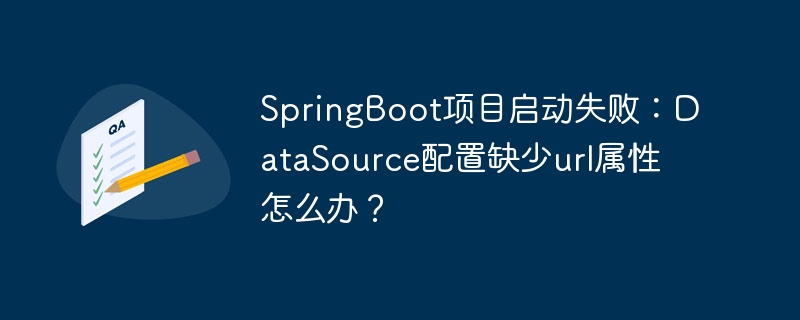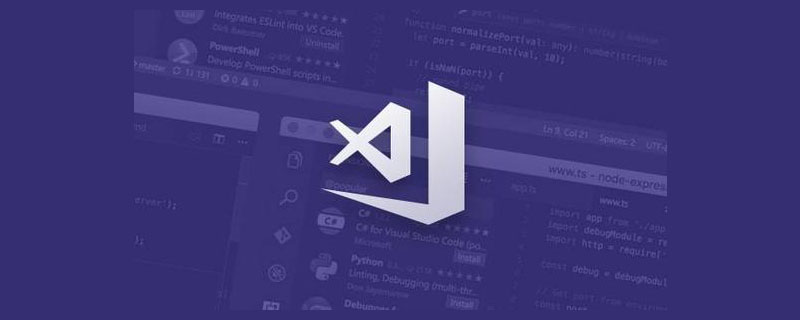testresttemplate能高效完成Java中rest api的測試。1. 它是spring framework提供的測試類,無需啟動完整服務器即可發起http請求,縮短測試周期;2. 配置時需引入spring-boot-starter-test依賴,并通過@autowired注入實例,結合@springboottest注解啟用隨機端口避免沖突;3. 發送get請求可用getforobject或getforentity方法獲取響應內容和狀態碼;4. 發送post請求使用postforobject或postforentity方法傳遞對象參數;5. 認證處理可調用withbasicauth或withtoken方法添加憑證;6. 默認支持json數據的序列化與反序列化,自動使用jackson庫轉換對象;7. 可結合mockito或mockmvc對api依賴進行mock,隔離外部服務影響;8. 異常測試可通過捕獲httpclienterrorexception或檢查responseentity的狀態碼來驗證異常處理邏輯,確保api在錯誤情況下的正確表現。掌握testresttemplate能顯著提升rest api測試的效率和可靠性。

直接使用TestRestTemplate就能搞定Java中REST API的測試,方便快捷。

解決方案

TestRestTemplate是Spring Framework提供的一個用于集成測試restful服務的類。它簡化了發送HTTP請求和接收響應的過程,特別適合在測試環境中模擬客戶端與API的交互。掌握它,能讓你在Java項目中更高效地進行REST API的測試。
立即學習“Java免費學習筆記(深入)”;

為什么選擇TestRestTemplate?
RestTemplate大家都熟悉,但它需要運行在真實的服務器環境下。TestRestTemplate則不同,它可以在測試環境中直接發起HTTP請求,無需啟動完整的應用服務器,大大縮短了測試周期。此外,TestRestTemplate還提供了一些便捷的方法,比如自動處理Cookie,簡化了認證相關的測試。
如何配置TestRestTemplate?
首先,你需要引入Spring Test的相關依賴。如果你使用maven,可以在pom.xml文件中添加:
<dependency> <groupId>org.springframework.boot</groupId> <artifactId>spring-boot-starter-test</artifactId> <scope>test</scope> </dependency>
然后,在你的測試類中,可以使用@Autowired注解注入TestRestTemplate實例。spring boot會自動配置好TestRestTemplate,你無需手動創建。
@SpringBootTest(webEnvironment = SpringBootTest.WebEnvironment.RANDOM_PORT) public class MyApiTest { @Autowired private TestRestTemplate restTemplate; // ... 測試方法 }
注意@SpringBootTest注解,webEnvironment = SpringBootTest.WebEnvironment.RANDOM_PORT指定了測試環境使用隨機端口,避免端口沖突。
發送GET請求
發送GET請求非常簡單,直接使用getForObject或getForEntity方法。
@Test void testGetRequest() { String url = "/api/users/123"; String response = restTemplate.getForObject(url, String.class); // 斷言響應內容 assertEquals("Expected Response", response); }
getForObject方法直接返回響應體,而getForEntity方法返回ResponseEntity對象,包含響應頭、狀態碼等信息。
發送POST請求
發送POST請求可以使用postForObject或postForEntity方法,需要傳遞請求體。
@Test void testPostRequest() { User user = new User("John Doe", "john.doe@example.com"); ResponseEntity<User> response = restTemplate.postForEntity("/api/users", user, User.class); // 斷言狀態碼 assertEquals(HttpStatus.CREATED, response.getStatusCode()); // 斷言響應體 assertNotNull(response.getBody()); assertEquals("John Doe", response.getBody().getName()); }
如何處理認證?
TestRestTemplate默認情況下不會攜帶認證信息。如果你的API需要認證,可以使用withBasicAuth或withToken方法添加認證信息。
@Test void testAuthenticatedRequest() { TestRestTemplate authenticatedTemplate = restTemplate.withBasicAuth("user", "password"); String response = authenticatedTemplate.getForObject("/api/protected", String.class); // 斷言響應內容 assertEquals("Protected Resource", response); }
如何處理JSON數據?
TestRestTemplate默認支持JSON數據的序列化和反序列化。你可以直接使用Java對象作為請求體和響應體。
@Test void testJsonRequest() { User user = new User("Jane Doe", "jane.doe@example.com"); ResponseEntity<User> response = restTemplate.postForEntity("/api/users", user, User.class); // 斷言響應體 assertNotNull(response.getBody()); assertEquals("Jane Doe", response.getBody().getName()); }
Spring Boot會自動使用Jackson庫進行JSON序列化和反序列化。
如何Mock API的依賴?
在測試REST API時,你可能需要Mock API依賴的其他服務。可以使用Mockito或Spring MockMvc來實現。
@WebMvcTest(UserController.class) class UserControllerTest { @Autowired private MockMvc mockMvc; @MockBean private UserService userService; @Test void testGetUser() throws Exception { when(userService.getUser(123)).thenReturn(new User("Test User", "test@example.com")); mockMvc.perform(get("/api/users/123")) .andExpect(status().isOk()) .andExpect(jsonPath("$.name").value("Test User")); } }
這里使用了@WebMvcTest注解,它只加載Web相關的組件,并使用@MockBean注解Mock了UserService。
如何處理異常?
在測試過程中,需要驗證API是否正確處理異常。可以使用try-catch塊捕獲異常,并進行斷言。
@Test void testExceptionHandling() { try { restTemplate.getForObject("/api/error", String.class); } catch (HttpClientErrorException e) { // 斷言狀態碼 assertEquals(HttpStatus.NOT_FOUND, e.getStatusCode()); } }
或者使用ResponseEntity獲取狀態碼,然后根據狀態碼進行不同的斷言。
掌握TestRestTemplate,能讓你在Java項目中編寫更可靠的REST API測試。記住,測試是保證代碼質量的關鍵步驟,不要偷懶!


















